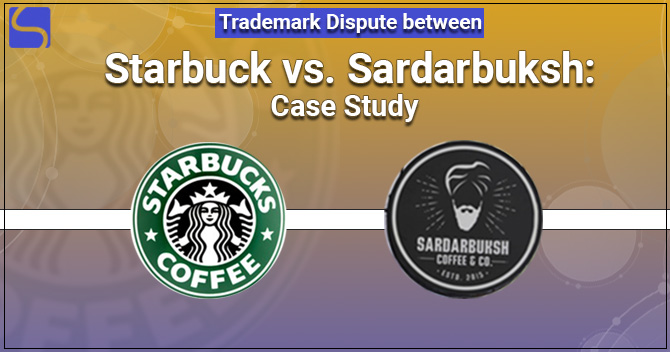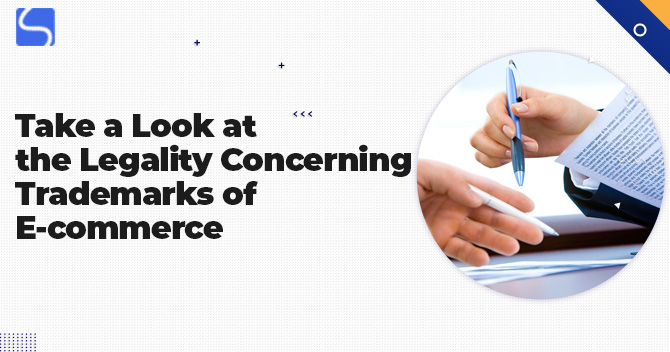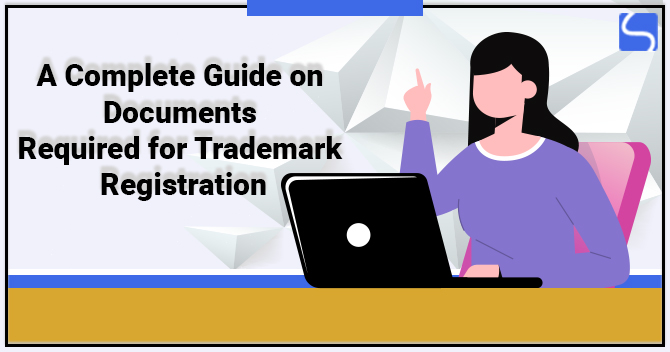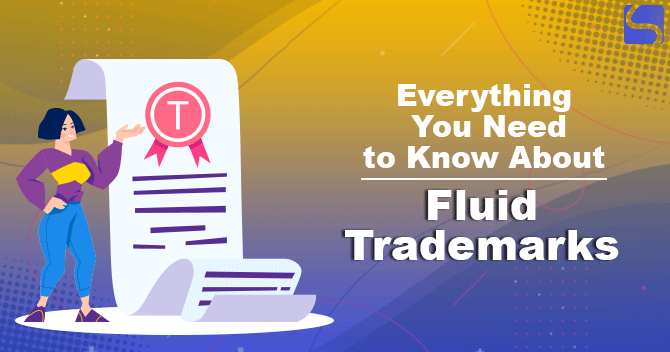Trademark Dispute between Starbucks vs. Sardarbuksh: Case Study

Siddharth Verma | Updated: Dec 30, 2021 | Category: Trademark
Intellectual property rights are said to be the Legal rights used to safeguard the creator’s original work. Intellectual work consists of any kind of work created by humans, and such work includes copyrights, patents, designs, and Trademarks. So in this article, we will discuss the dispute between Starbucks and the Sardarbuksh Trademark dispute. Scroll down to check the case analysis of Starbucks vs. Sardarbuksh.
Table of Contents
What do you mean by Trademark and Trademark Dispute?
Trademark shall include a symbol, logo, phrase, word design, and combination of all these things. Trademarks are used for goods and services so that the customer can recognize such goods and services. Examples of Trademark are the logo of Nike shoes and the Logo of KFC. A trademark dispute means an argument and disagreement between the two entities claiming a similar trademark. In the Indian scenario, a trademark infringement is considered an offense, and the offender shall be punished for the infringement. Under section 11 of the Trademark act 1999[1], which deals with the ground, It deals with the grounds on which trademark registration might be refused or denied, i.e., the reasons why a trademark may not be registered. The trademark being disallowed for registration because it is “Deceptively Similar,” i.e., it is identical or similar to another mark, which creates confusion in the buyer’s mind, is one of the grounds specified in the section for which it is specified the trademark can be refused or denied registration. As a result, two trademarks cannot be mistaken for one another.
Case analysis of Starbucks vs. Sardarbuksh
Starbucks and Sardarbuksh Coffee and Co. are involved in this case. Starbucks is the plaintiff in this dispute, while Sardarbuksh is the defendant. Starbucks is a well-known coffee shop with locations across the globe. Sardarbuksh is a coffee shop that first opened in Delhi in 2015 and now has a number of locations. Starbucks’ logo and name are both trademarked and well-known around the world. It is a famous trademark with its logo picturing a crowned lady with long green hair. The logo of Sardarbuksh features a turbaned man with wavy lines flowing from his sides. As a result, the logo of Sardarbuksh coffee and co. It resembles that of Starbucks. Many more parallels may be found, such as the color of the crowned maiden in the Starbucks logo and the color of the turbaned guy in the Sardarbuksh logo both the logos have a spherical shape. When we compare the logos, we notice that they are very similar in appearance, with the same form and colour.Furthermore, the names of these coffee shops are remarkably similar. Another point worth mentioning is that the goods and services provided by defendants and plaintiffs are identical. The defendants made the necessary alterations to their logo and changed their color scheme to black and yellow after receiving a letter of demand from Starbucks Corporation in 2017. They then began trading under the new brand. On August 1, 2018, Starbucks filed a lawsuit against Sardarbuksh in the Delhi high court for using the word mark “Sardarbuksh,” which sounded suspicious like “Starbucks.”The defendants were advised by the Delhi high court to use new branding for their prospective stores, while the five locations that were already open would continue to operate as usual until the Court’s final decision. The defendants altered their name from “Sardarbuksh Coffee & Co.” to “Sardarji-Bakhsh Coffee & Co for their prospective outlets.”The parties exchanged terms and conditions on September 27, 2018, and such terms and conditions were recorded with the High Court of Delhi. It was agreed that the defendant will rename all of its locations “Sardarji-Bakhsh Coffee & Co.” Furthermore, it was confirmed and agreed that if a third party uses the term “Bakhsh,” it will violate the agreement. To understand the Trademark dispute Between Starbucks vs. Sardarbuksh, a reference judgment is explained below:
Patel Field Marshal Agencies Ltd vs. P.M. Diesels Ltd- The case was brought before the SC under Sections 46, 56, 107, and 111 of the Trade and Merchandise Marks Act of 1958 for violation of the Registered Trademark “FIELD MARSHAL” owned by P.M. Diesels Ltd, which is governed by the said Act, where Section 46 states that a trademark can be removed from the register if it is registered without good intentions of using it or if it has not been used continuously for five years, and Section 56 empowers Section 107 states that an application to challenge a Registered Trademark must be filed with the High Court, not the Registrar, and Section 111 necessitate a suspension of proceedings if a rectification application is pending before the Registrar of High Court for 3 months previous to start or, if already commenced, for 3 months prior to the Court framing the Facts. The Court had to consider whether the Appellant’s Rectification actions against the Respondents were permissible or not, based on the sections mentioned above. The Appellants asserted that the aggrieved person has rectification rights, which the trial court gives. The Supreme Court ruled in favor of the Respondents, holding that the questions of registration validity should be determined by the Tribunal rather than the Civil Court and that the Tribunal’s decision will be binding on the Civil Court. The parties relinquish the plea to rectification if they do not approach the Tribunal after the Civil Court’s order. The Apex Court clarified the intent of Section 111, saying that by enacting such section 111, the legislature seeks to address the question of invalidity in the first instance. Once the plea of rectification has been raised and settled, the suit shall proceed with other issues.
Conclusion
We conclude here that, In the case of Starbucks vs Sardarbuksh, the judgment concerning the matter mentioned above has motivated the registration of trademarks. Because once a person’s trademark is registered, there is no way for that trademark to be exploited by creating a deceptively similar trademark and using it for financial advantage or to harm the registered trademarks or the trademark owner’s goodwill. Furthermore, anyone who tries to do so will be subjected to legal action. Because a trademark has a positive reputation and goodwill, it is significant to safeguard it from exploitation, misuse, and infringement. With the help of the cases mentioned above, we can see how the Court can go above and beyond what is established in the law to preserve justice, safeguard merchants’ rights, and protect consumers’ interests. People have more faith in the judiciary due to such events.
Read our Article:Difference between Trademark Infringement and Counterfeiting of Trademark














